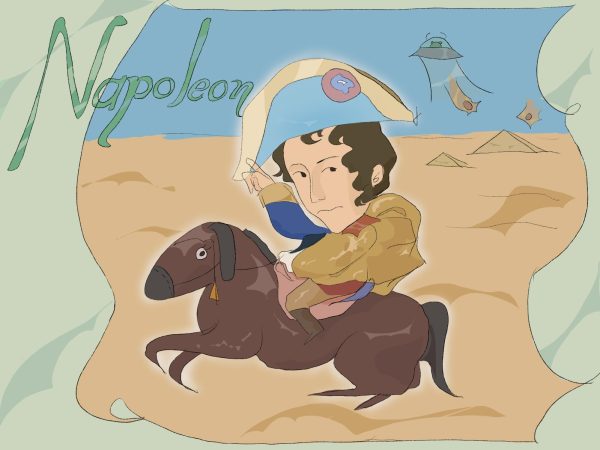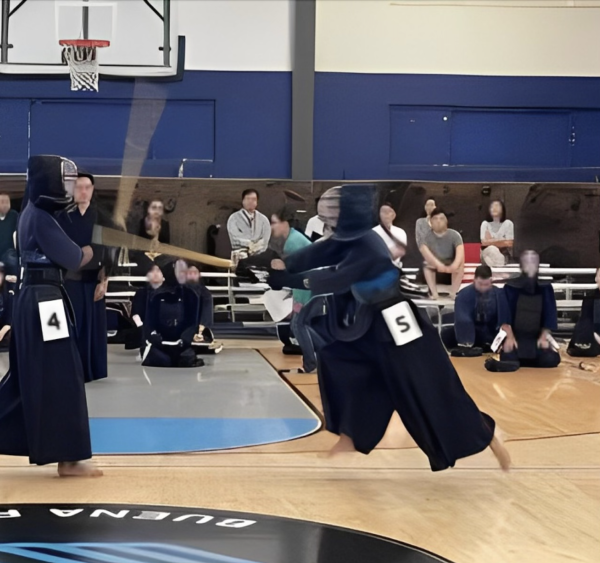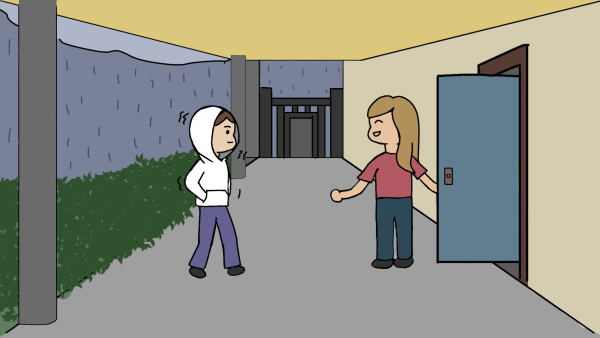The Price of Promoting Diversity
February 19, 2020
Assemblyman Jose Medina proposed Assembly Bill 331 requiring all students in California high schools to take ethnic studies for a year. However, this bill has been delayed due to a rise in controversy regarding various reasons.
With a set career path in mind, many students at Portola High have already overwhelmed their schedules with courses focusing on their specific interests. Establishing ethnic studies as a graduation requirement only burdens them with a class that students just may not be passionate about.
While it is important that students learn to acknowledge and embrace different cultures, requiring students to take ethnic studies poses conflicts for not only Portola’s student population, but also has the potential to cause issues for representation in schools.
“It can become stereotypical, it can exacerbate divides between people, people that are concerned about microaggressions or aggression-aggressions,” social studies department chair Jon Resendez said. “When it comes to ethnicity and diversity, it could make it worse if it’s not done right, which is why I’ve tried to do my part working with the state board of education to at least send my ideas forward about how that class would be structured at this level.”
It can become stereotypical, it can exacerbate divides between people, people that are concerned about microaggressions or aggression-aggressions.
— Jon Resendez
Implementing required ethnic studies courses also raises arguments involving which cultures are featured in these classes.
“After California released the draft of the materials for public comment in June, some Jewish legislators and organizations complained that anti-Semitism was not an area of emphasis,” New York Times writer Dana Goldstein said. “Armenian, Greek, Hindu and Korean organizations later joined the Jewish groups in calling for revisions.”
Dedicating classes to learning about a certain ethnicity, specifically those of minority, could cause backlash among other cultures who are striving for more representation in education.
On top of these ongoing arguments, finding teachers to effectively educate students on the historical events regarding one culture poses an even more difficult task. According to the New York Times, more than three-quarters of California students are nonwhite, but 62 percent of their teachers are white. With each culture holding a complex past, teachers in each school district may not even be ready to productively teach this type of curriculum to students.
Establishing ethnic studies as a required course is accompanied with several issues that must be resolved before this systematic change becomes a reality. Instead of rushing this process, the social studies department at Portola High should strive to distribute cultural education within language or even social science courses that are already required at school such as AP Human Geography and Modern World History.












![Softball coach Lili Belton plays in a collegiate softball game on Westcliff University’s team. Belton completes a back door slide safe at home to avoid the tag and score the run.“ [She] takes it very seriously and what [she] brings to the program is skill and discipline, and kind of just this youthful experience,” head softball coach Alexandra Dobbs said. “I would say [she] is this perfect combination of sensitive and kind, but driven and serious.”](https://portolapilot.com/wp-content/uploads/2024/03/lili-belton-600x400.png)

